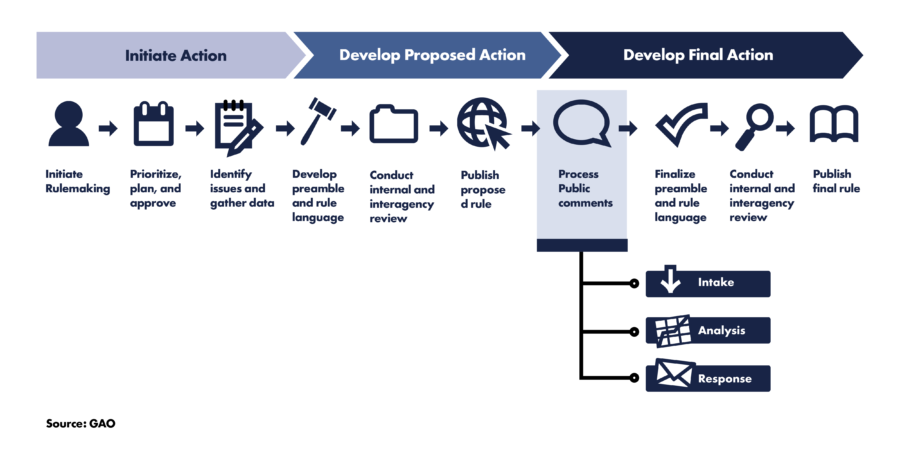A Drug-Free Truck Driving Population Gets Closer to Reality
An illicit drug habit while operating an 80,000-pound tractor trailer rig simply doesn’t mix. Substance abuse impairs perception, cognition, attention, balance, coordination, and other brain functions necessary for safe driving.
That’s why the Dept. of Transportation (DOT) designates truck drivers as a “safety sensitive occupation” and prohibits drug use, whether the driver is on-duty or off-duty. But commercial truck drivers are using illegal drugs at an alarming rate. DOT reports that 69,668 truck drivers failed their drug test in 2022, up 18% over the year before, which was double the 9% increase the year before that.
DOT only recognizes a urinalysis or saliva testing to detect a truck driver’s drug use. Yet new research revealed that 90% of commercial truck drivers who failed a hair drug test for illegal drugs actually passed the DOT urinalysis[1]. That’s why companies in the Trucking Alliance require that driver applicants pass a hair drug test, along with the urinalysis.
In 2015, Congress saw the problem and directed the US Department of Transportation (DOT) to recognize hair testing in federal truck driver hiring protocols. The Dept. of Health and Human Services (HHS) was charged with writing testing guidelines. Delays followed, not the least of which was COVID-19, which virtually consumed the agency.
Now, eight years later, only one step remains in the HHS rule making process.

The Biden Administration’s Office of Management and Budget (OMB) is now reviewing the guidelines. After OMB completes the process, HHS can publish the hair test guidelines and DOT can allow trucking companies to finally utilize a hair drug test in lieu of a urinalysis when hiring a licensed truck driver.
Sources familiar with the final rule report that a major objection in the original HHS proposal – that an employer should not disqualify a job applicant unless the applicant also fails a urinalysis – has been deleted. That’s a good thing.
A study commissioned by the Trucking Alliance analyzed 2021 pre-employment data submitted by member carriers. The 88,021 licensed truck drivers who applied for jobs at seven Trucking Alliance member companies submitted to a urinalysis and a hair drug test.
Of those applicants, 4,362 failed their hair tests — but only 403 failed the urine test. The hair tests produced 11x higher positivity rate, better detecting hard drugs like cocaine, opioids, and other illegal drugs. In other words, 9 out of 10 actual drug users passed their urinalysis. So, had HHS required a urinalysis to confirm a positive hair test result, as many as 90% of actual illegal drug users would skirt the system and continue operating trucks on our highways.
The Biden Administration is expected to do the right thing and recognize hair testing in lieu of the less effective urinalysis. Time will tell. But finally, after eight years of waiting, Trucking Alliance carriers and others may soon be able to opt for hair testing when hiring truck drivers. The vast majority of the industry will likely follow. Truck drivers with an illegal drug habit will be forced off the highway until they complete rehabilitation or do something else. The public will be the winner.
[1] DRUG TESTING IN THE U.S. TRUCKING INDUSTRY: HAIR VS. URINE SAMPLES AND THE IMPLICATIONS FOR POLICY AND THE INDUSTRY; M. Douglas Voss and Joe Cangelosi, University of Central Arkansas; Journal of Transportation Management; Wayne State University
